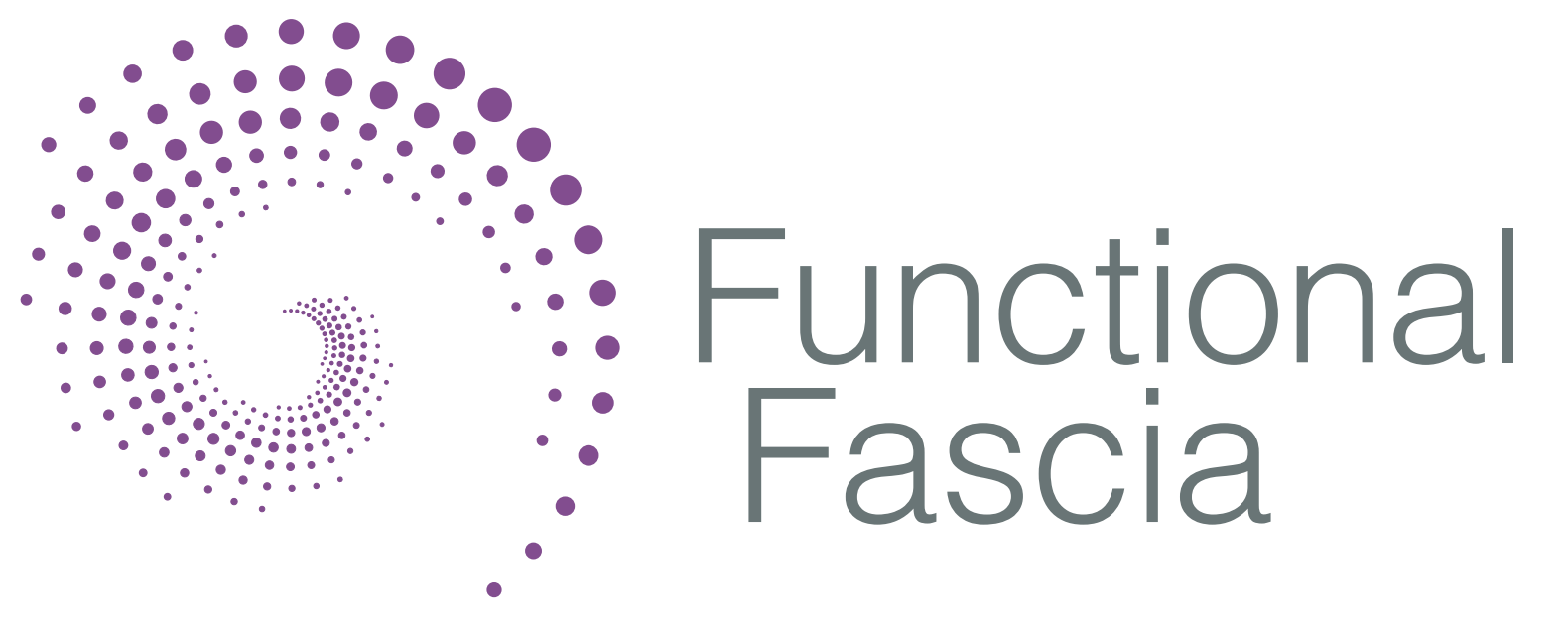One Day Classes For Integrated Allied Health Professionals. London UK
One day human anatomy classes from January 2026
We are pleased to be offering a series of one day anatomy classes, working on prosected cadavers. These are guided classes aimed at therapists who wish to gain a deeper understanding of various areas of the body. They are specially prepared areas of the body and although there is no dissection component during these classes, there is plenty of opportunity to handle the specimens.
These specimens have been prepared using traditional anatomical approaches and so will have less of the fascial and connective tissue components that we like. We will however be showing videos and pictures of less prosected material, in order to give more clarity when considering related connective tissues.
Bring questions, debate, discussion and ideas to what are always lively and informative days.
28th January: 2026 Anatomy and fascia of the shoulder and neck. £325 (both days £575)
Looking at the connected nature of the neck and shoulder, positions and functional movements and considering how dysfunction, stiffness or injury might impact on upper body movement and in particular the brachial plexus.
We will examine the bones and joints of the area and study the articulations involved, before considering the musculature and nervous tissues and the role of head position in shoulder movement.
It is possible, that we will also see specimens where surgery has taken place and if this is the case, we will be able to examine the scarring that takes place in this area We will discuss current therapeutic interventions and commonly presenting injuries in sport as well as every day life.
29th January: Thorax and abdomen and accessory muscles of respiration. £325 (both days £575)
This workshop aims to examine the relationship between breath and upper body positioning and function. Does the position of the head affect the efficiency of breath and oxygen uptake. We will consider to what degree injuries, pain and dysfunction of the lower back such as stiffness or chronic presentations might impact on the capacity for full breath to occur and address lower to upper body connections.
We will explore both superficial tissues relating to respiration and also examine the tissues and fascia of the thorax, looking to understand the connections between diaphragm, upper body structures and tissues such as thoracolumbar fascia.
